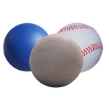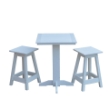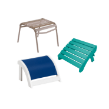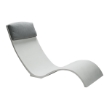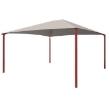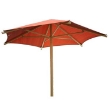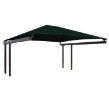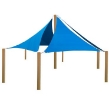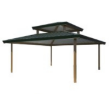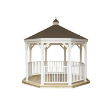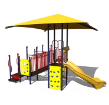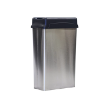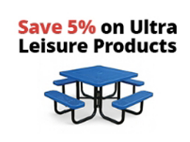Best Practices for Installing Concrete Bollards: From Site Preparation to Final Placement 11 Jan 2024
Unlock the secrets to effective concrete bollard installation with our comprehensive guide! From initial site evaluation to ensuring proper curing, mastering these best practices is essential for creating sturdy, secure barriers that stand the test of time. Read on to discover the step-by-step process that guarantees your concrete bollards deliver optimal stability and safety for your property!
Comments (0)
















